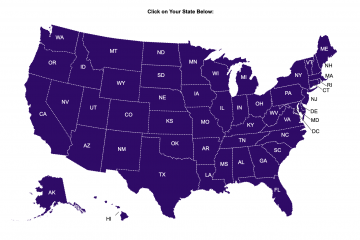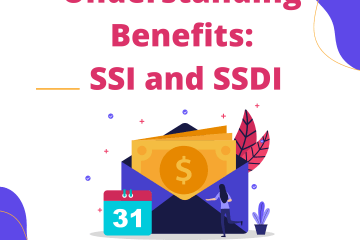What is an ABLE Account and Why is it so Special?

What is an ABLE account?
In 2014 the Achieving a Better Life Experience Act (ABLE Act) was passed. The ABLE account is a tax-advantaged savings account for individuals with disabilities. The individual with the disability is the account owner. Any income that is earned by the account will not be taxed if the funds in the account are used for “Qualified Disability Expenses”. Qualified disability expenses are any expenses that relate to the account owner as a result of living life with disabilities. They can include education, food, housing, transportation, assistive technology, personal support services, and other expenses that can add to the individual’s quality of life. Additionally, anyone can contribute to the account – the account owner, family, friends, even a Special Needs Trust.
What is special about the ABLE account?
Many of the public benefits and resources needed by some individuals with disabilities have a means or resource test. If an individual has over $2,000 in assets, they will not be eligible for benefits such as SSI, SNAP, and Medicaid. In other words, they must be and remain “poor”. Assets in an ABLE account up to $100,000 are not counted as an asset for means tested benefits and will not affect an individual’s eligibility for those benefits. This allows someone to have an additional source of funds available to pay for many of the additional costs associated with living with a disability. It can also give the account owner more autonomy as they have a source of funds over which, if they have capacity, they can have some measure of control.
What are the Limitations of ABLE accounts?
- Only $15,000 per year (from all sources) can be put into an ABLE account. * However, as of April 2021, ABLE account owners who are working may be able to contribute more earned income to their ABLE account, if their employer doesn't offer retirement plans. The limit varies State to State (based on the poverty line or individual's income). In most US states, except Hawaii and Alaska, this means the individual could put an extra $12,760 of their money from work into their account.
- If you go over the $100,000 limit, your benefits will be suspended (but not revoked) until you are back down under $100,000. * However, even if you do go over the $100,000 limit, you will still be able to receive the Medicaid that goes along with SSI.
- A person is eligible for an ABLE account only if they became disabled prior to age 26, this is called “age of onset of disability” requirement. If you meet this requirement, and are receiving either SSI or SSDI, you are automatically eligible for an ABLE account. If you are not receiving either of those benefits, a doctor will need to certify that you meet Social Security’s definition of disability. There is proposed legislation regarding changing this requirement that will hopefully open up the benefits of ABLE accounts to anyone who was disabled prior to age 46.
Assets in an ABLE account up to $100,000 are not counted as an asset for means tested benefits and will not affect an individual’s eligibility for those benefits. This allows someone to have an additional source of funds available to pay for many of the additional costs associated with living with a disability.







